2025 reading list
Here’s what we are reading (or plan to!) in 2025:
Our reading goal is a book a month – and we have at least one ‘light reading’ choice, below (in no particular order). Please also consider joining an emergency management-related book club, to share knowledge, wellness, and experience with other professionals in our field.
And if you want more book ideas – with some excellent commentary/reviews, please check out Marc C. Baker’s blog “The Baker’s Dozen” on the Emergency Management Network.
Getting to Yes: Negotiating Agreement Without Giving In – Roger Fisher, William L. Ury, Bruce Patton
Left of Bang: How the Marine Corps’ Combat Hunter Program Can Save Your Life – Patrick Van Horne
The Fifth Discipline – The Art and Practice of the Learning Organization – Peter M. Senge
Disaster by Choice: How our actions turn natural hazards into catastrophes – Ilan Kelman
Biohazard: The Chilling True Story of the Largest Covert Biological Weapons Program in the World–Told from Inside by the Man Who Ran It – Ken Alibek & Stephen Handelman
The Resilience Dividend: Being Strong in a World Where Things Go Wrong – Judith Rodin
Compassion in Disaster Management: The Essential Ethic of Relational Leadership – Mark Crosweller
Only Plane in the Sky: An Oral History of 9/11 – Garrett M. Graff
Emergency Management Field Operations Guide 2024 – Anthony Alexiou
Current and Emerging Trends in the Management of International Disasters – edited by Laura M. Phipps and David A. McEntire Available for free as an e-book
Henry and the Hurricane – Brittany Perkins Castillo
And of course, shameless plug for Michael Prasad‘s book – Emergency Management Threats and Hazards: Water
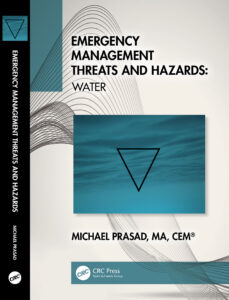
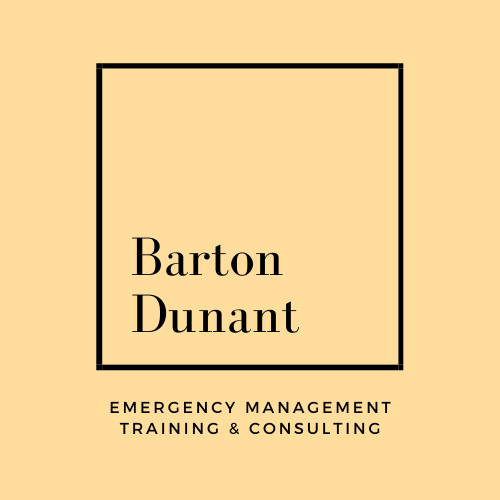
We invite you to join our e-mailing list (don’t worry, we send out maybe three or four e-mails max, per year):
[gem id=5068729]2025 marks our fifth year of providing reading lists! And if you want to quickly access our prior reading lists, here they are below.




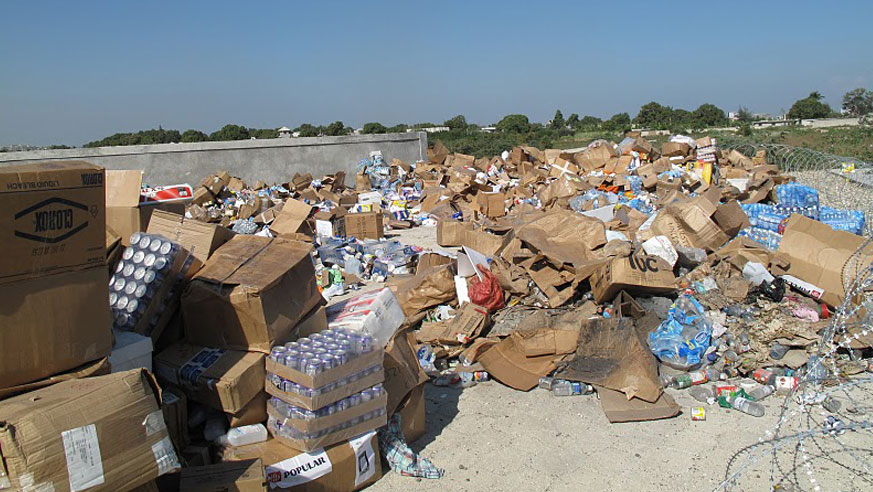


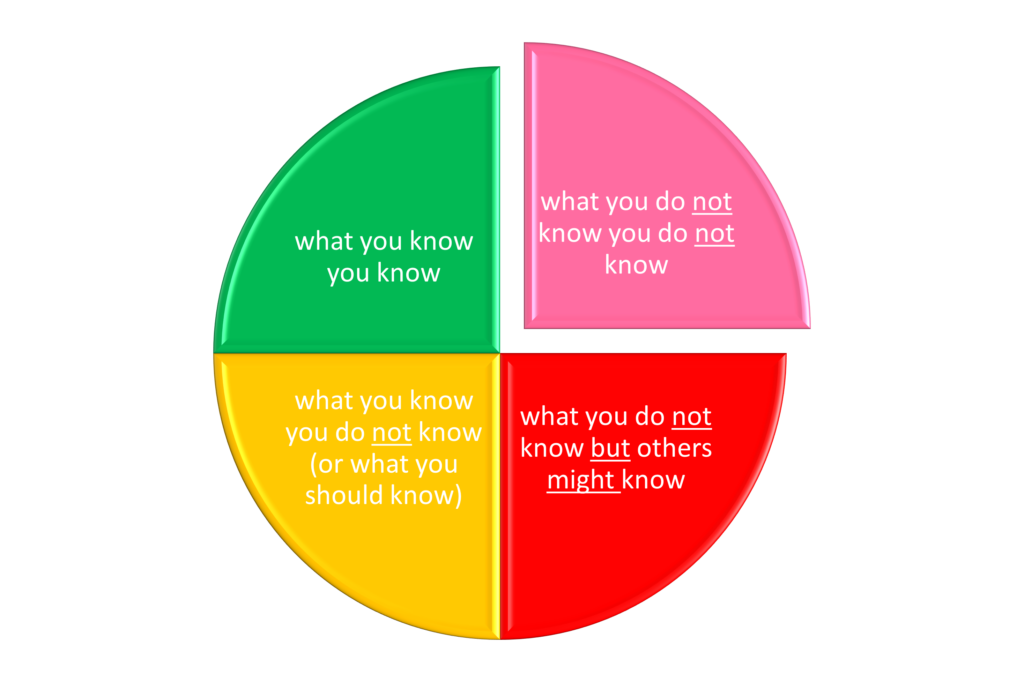
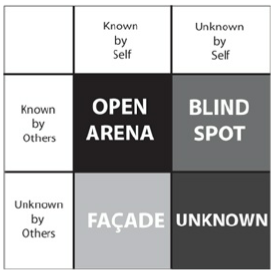
Leave a Comment
You must be logged in to post a comment.